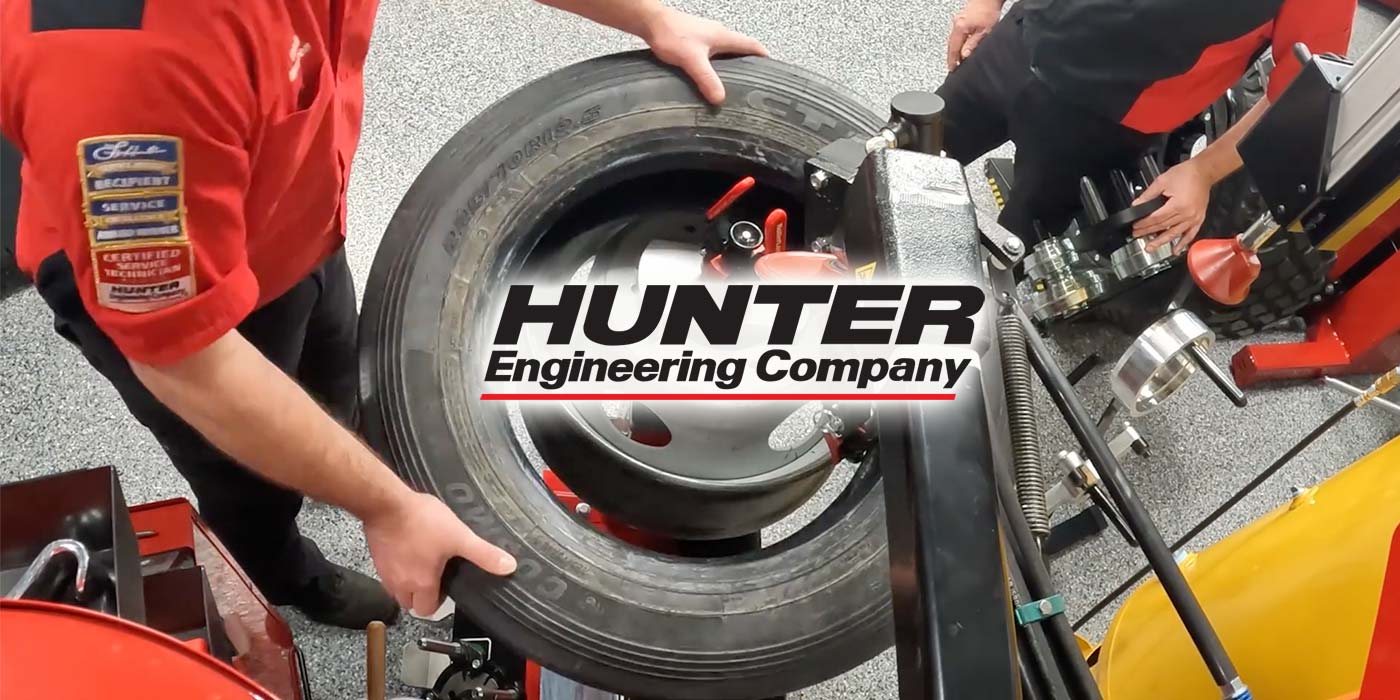CC:
NVH. It’s a common problem we’re faced with, and it has become more difficult to diagnose over the years.
Noise is an unexpected sound we don’t want to hear. And we all know what vibration is, and it’s annoying.
Harshness? It’s something like sitting in the back of a school bus, except the car you’re driving isn’t a school bus.
Why can these problems be so difficult to diagnose?
It’s tricky because both noise and vibration can be detected by hearing, feeling or both. So, is it a noise? Is it a vibration? Is it one causing the other? And how does your customer perceive it?
It’s never easy, but technology has been improving on NVH tools since the first screwdriver was held up to an ear.
Today’s modern NVH tools utilize software, microphones and accelerometers to capture and graph data, not only giving you a visual reference, but breaking down the type and frequency of the vibration, putting you on the fast track of diagnosis.
NVH tools are available from the most in-depth systems that interface with oscilloscopes, to apps that work right with your cell phone. It’s technology at its best.
Thanks for watching The Striking Point from TechShop. Be sure to check out our YouTube Channel for more tool videos and I’ll see ya next time.













